The banana plant is called a “banana tree”, but it’s technically regarded as a plant, or a herb, not a tree, because the stem doesn’t have any true woody tissue. Bananas are the most popular fruit in the world. Over 100 billion bananas are eaten around the world every year, and around 51% of them are eaten around breakfast time. Take a look below for 30 more fun and fascinating facts about bananas.
1. Bananas are the only fruit to contain the amino acid tryptophan, and vitamin B6, which together help the body produce serotonin, the natural chemical which alleviates mental depression.
2. Full ripe bananas with dark patches on their yellow skin produce a substance called Tumor Necrosis Factor, which has the ability to combat abnormal cells. The darker the patches it has, the higher will be its immunity enhancement quality. Therefore, the riper the banana, the better the anti-cancer quality.
3. Bananas don’t grow on trees, the grow from a root structure that produces an above ground stem. The plant is specifically classified as an arborescent, or tree like, perennial herb. It’s the largest herbaceous flowering plant. The fact that the banana plant is a herb makes the banana itself a type of berry.
4. A cluster of bananas is formally called a “hand.” A single banana is called a “finger.”
5. Humans share about 50% of their DNA with bananas.
6. Americans eat more bananas than any other fruit, with an average consumption of 26.2 pounds of bananas per year. In fact, Americans eat more bananas than both apples and oranges combined.
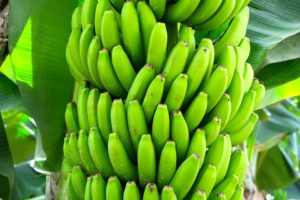
7. The species of banana eaten today is different to the species eaten pre 1965. The Gros Michel banana became commercially extinct in 1965 due to fungal disease. Today’s main export banana, the Cavendish, is now under threat from the same disease.
8. There are 50 different species of bananas worldwide.
9. Snacking on potassium rich bananas can help beat high blood pressure. The reason for that is because it speeds up the rate at which salt is excreted from your body.
10. The scientific name for banana is musa sapientum, which means “fruit of the wise men.”
11. Bananas are believed to have originated about 10,000 years ago. Some scientists believe that they may have been the world’s first fruit.
12. The first bananas are thought to have grown in the region that includes the Malaya Peninsula, Indonesia, the Philippines and New Guinea.
13. In 327 B.C., when Alexander the Great and his army invaded India, he found banana crops in the Indian Valleys. After tasting this unusual fruit for the first time, he introduced it to the Western world.
14. The bananas that we know today developed in Africa in 650 A.D.
15. Bananas were discovered by the Portuguese on the Atlantic coast of Africa. They cultivated the fruit on the Canary Islands, then it was introduced to the Americas in the 16th century by Spanish missionaries.
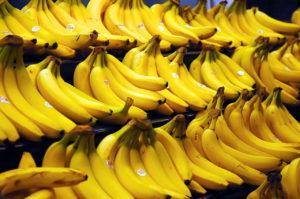
16. Cultivated banana plants can vary in height, depending on the variety and growing conditions. Most plants are 5 meters, or 16 feet, tall with a range from Dwarf Cavendish plants at around 3 meters, or 10 feet, to Gros Michel at 7 meters, or 23 feet, or more.
17. When a banana plant matures, it stops producing new leaves and begins to form a flower spike or inflorescence. Each banana plants normally produces a single inflorescence, which is also known as the banana heart.
18. The banana fruits develop from the banana heart, in a large cluster that’s made out of tiers, with up to 20 fruits per tier. The hanging cluster is known as a bunch, and is made up of 3 to 20 tiers.
19. Export bananas are picked green and ripen in special rooms when they arrive in their destination country. The rooms are air tight and filled with ethylene gas to induce ripening. The yellow color that consumers normally associate with commercial bananas is caused by the artificial ripening process.
20. If bananas are too green, they can be put in a brown paper bag with an apple or tomato overnight to speed up the ripening process.
21. Bananas are naturally slightly radioactive because of their potassium content and the small amounts of the isotope potassium-40, which is a naturally occurring potassium. The banana equivalent dose of radiation is sometimes used in nuclear communication to compare radiation levels and exposures.
22. Wild bananas are full of seeds and are barely edible. Commercially grown bananas are cultivated specifically for consumption and don’t have any seeds.
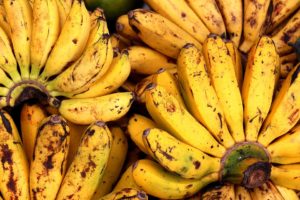
23. The word “banana” is thought to come from West Africa, possibly from the Wolof, which is the language of Senegal, the Gambia and Mauritania, word “banaana,” and passed into English through the Spanish or Portuguese.
24. Bananas are grown in more than 150 countries.
25. India is the biggest producer of bananas, followed by China, Uganda and the Philippines.
26. Banana bread became a standard feature of American cookbooks with the popularization of baking soda and baking powder in the 1930s. The origin of the first banana bread recipe is not known, though some speculate that it originated in the 18th century by housewives experimenting with pearlash.
27. There is a Banana Club Museum in California that’s filled with 17,000 different banana items.
28. In 2016, Chinese live streaming services have banned people filming themselves eating bananas in a “seductive” fashion.
29. A thief in Mumbai, India, was forced to eat 48 bananas so that the gold chain he swallowed when he was arrested would exit his body.
30. Before it was used for comedy, the banana skin was considered a public hazard. The slip on a banana peel gag has been a staple of stage and screen humor since at least the early 1900s.

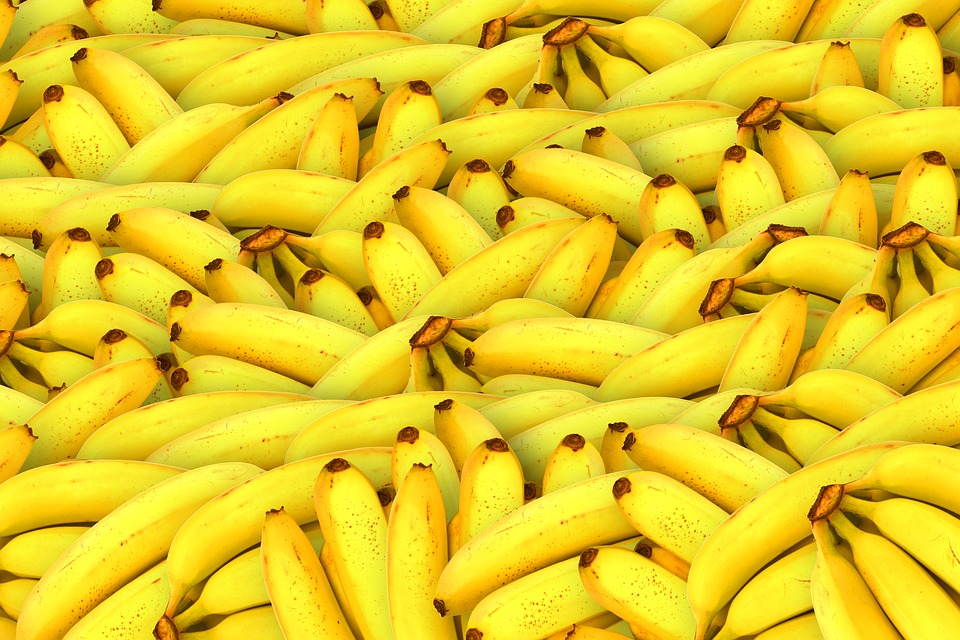
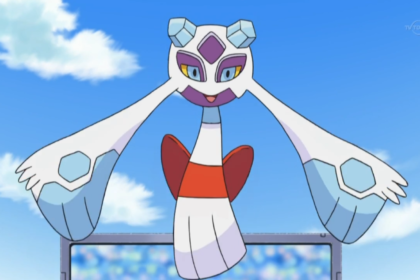
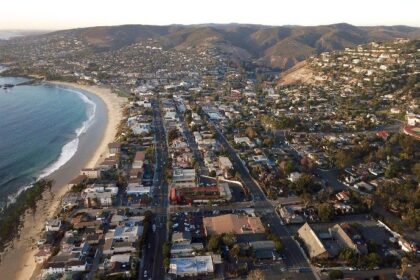
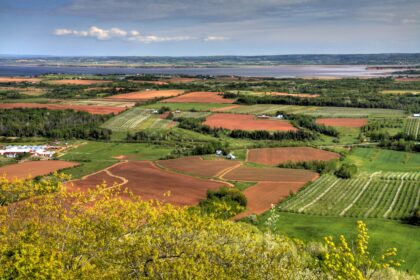
6 Comments
Pingback:
January 10, 2018 at 3:03 pmPingback:
January 31, 2018 at 1:02 pmPingback:
February 26, 2018 at 12:45 pmPingback:
March 2, 2018 at 2:02 pmPingback:
March 9, 2018 at 2:06 pmKhadijah Ibrahim
March 22, 2021 at 2:44 pmI loved your knowledgeable information being share it was the best of my favorite friut to eat